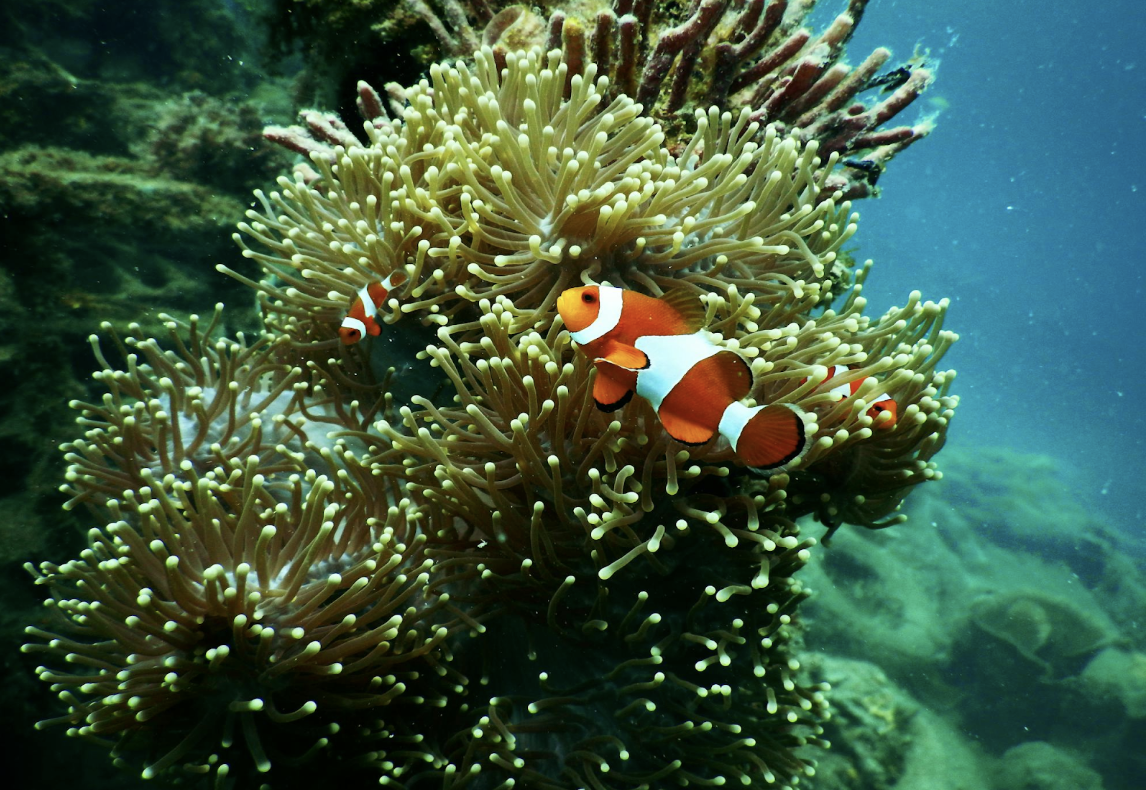Oceans and Climate Change: Why Rising Temperatures Are a Big Problem
The Earth’s oceans are the lifeblood of our planet, covering more than 70% of its surface and playing a critical role in regulating climate and supporting life. However, as global temperatures continue to rise due to human activities, the health of our oceans is increasingly at risk. The impacts of climate change on the oceans are profound and far-reaching, affecting marine ecosystems, weather patterns, and human communities worldwide. In this blog post, we’ll explore why rising ocean temperatures are a significant problem and what we can do to mitigate their effects.
The Link Between Climate Change and Ocean Warming
Climate change is primarily driven by greenhouse gas emissions, which trap heat in the Earth’s atmosphere. A significant portion of this excess heat—about 90%—is absorbed by the oceans. This process, while buffering land temperatures to some extent, leads to rising ocean temperatures. Data from the National Oceanic and Atmospheric Administration (NOAA) indicates that ocean temperatures have steadily increased over the past century, with recent decades experiencing unprecedented warming rates.
The Consequences of Rising Ocean Temperatures
- Coral Bleaching and Marine Biodiversity Loss
Warmer waters disrupt marine ecosystems, particularly coral reefs, which are highly sensitive to temperature changes. When ocean temperatures rise even slightly, corals experience stress and expel the symbiotic algae living within them—a phenomenon known as coral bleaching. Without these algae, corals lose their color and their primary source of nutrition, leading to large-scale reef die-offs. Coral reefs are home to nearly 25% of all marine species, so their decline threatens countless organisms that depend on them for shelter and food.

- Sea Level Rise
As ocean temperatures increase, seawater expands—a process known as thermal expansion. Additionally, rising temperatures contribute to the melting of glaciers and polar ice caps, further raising global sea levels. Coastal cities and island nations are particularly vulnerable, facing an increased risk of flooding, land loss, and displacement of human populations. According to the Intergovernmental Panel on Climate Change (IPCC), sea levels could rise by several feet by the end of the century if current warming trends continue.

- Stronger and More Frequent Storms
Warmer oceans provide more energy for hurricanes, typhoons, and tropical storms, making them more intense and destructive. Studies have shown that climate change is linked to an increase in the frequency of Category 4 and 5 hurricanes. This poses a significant threat to coastal communities, leading to devastating flooding, infrastructure damage, and loss of life.

- Disruptions to Marine Food Chains
Rising ocean temperatures affect the distribution and behavior of marine species. Many fish species are migrating toward cooler waters, disrupting established food chains and impacting global fisheries. Warmer waters also reduce the availability of phytoplankton, the foundation of the marine food web, which affects everything from small fish to larger predators like whales and sharks.

- Ocean Acidification
While not directly caused by rising temperatures, ocean acidification is a related issue resulting from increased carbon dioxide (CO2) absorption by seawater. Higher CO2 levels lower the pH of the ocean, making it more acidic. This threatens marine life, particularly shell-forming organisms such as oysters, clams, and certain types of plankton, which struggle to build and maintain their shells in more acidic waters. Ocean acidification disrupts marine ecosystems and poses risks to fisheries and global food security.

What Can Be Done to Address Ocean Warming?
While the consequences of rising ocean temperatures are severe, there are steps that individuals, communities, and governments can take to mitigate their effects.
- Reduce Greenhouse Gas Emissions
Cutting carbon emissions is the most effective way to slow ocean warming. This can be achieved by transitioning to renewable energy sources such as solar, wind, and hydroelectric power, improving energy efficiency, and adopting sustainable transportation options. - Protect and Restore Marine Ecosystems
Conservation efforts, such as establishing marine protected areas (MPAs), can help safeguard vulnerable ecosystems. Additionally, restoring coastal habitats like mangroves, seagrasses, and wetlands can enhance their ability to absorb carbon and buffer against rising sea levels. - Promote Sustainable Fishing Practices
Overfishing exacerbates the stress on marine ecosystems already impacted by climate change. Implementing sustainable fishing regulations, reducing bycatch, and supporting responsible aquaculture practices can help maintain healthy fish populations and ecosystem balance. - Advocate for Climate Policies
Governments play a crucial role in addressing climate change through policy measures such as carbon pricing, emissions regulations, and international climate agreements. Supporting leaders and organizations committed to climate action can help drive meaningful change. - Educate and Raise Awareness
Spreading awareness about the link between climate change and ocean health is essential. Educating communities, businesses, and policymakers about the importance of ocean conservation can encourage collective action and support for sustainable initiatives.
Conclusion

The warming of our oceans is one of the most pressing environmental challenges of our time. It threatens marine biodiversity, intensifies storms, raises sea levels, and disrupts global food chains. However, by taking decisive action to reduce carbon emissions, protect marine ecosystems, and advocate for climate policies, we can mitigate the impacts of ocean warming and safeguard our planet for future generations. The health of our oceans is inextricably linked to the health of our planet—protecting them is not just an environmental imperative but a necessity for human survival.




